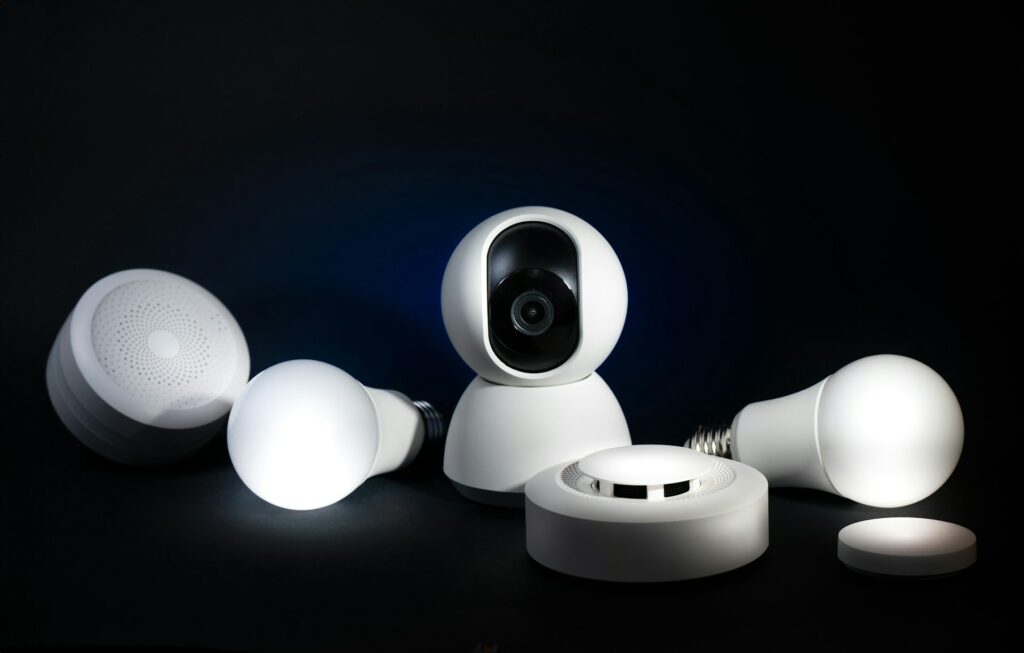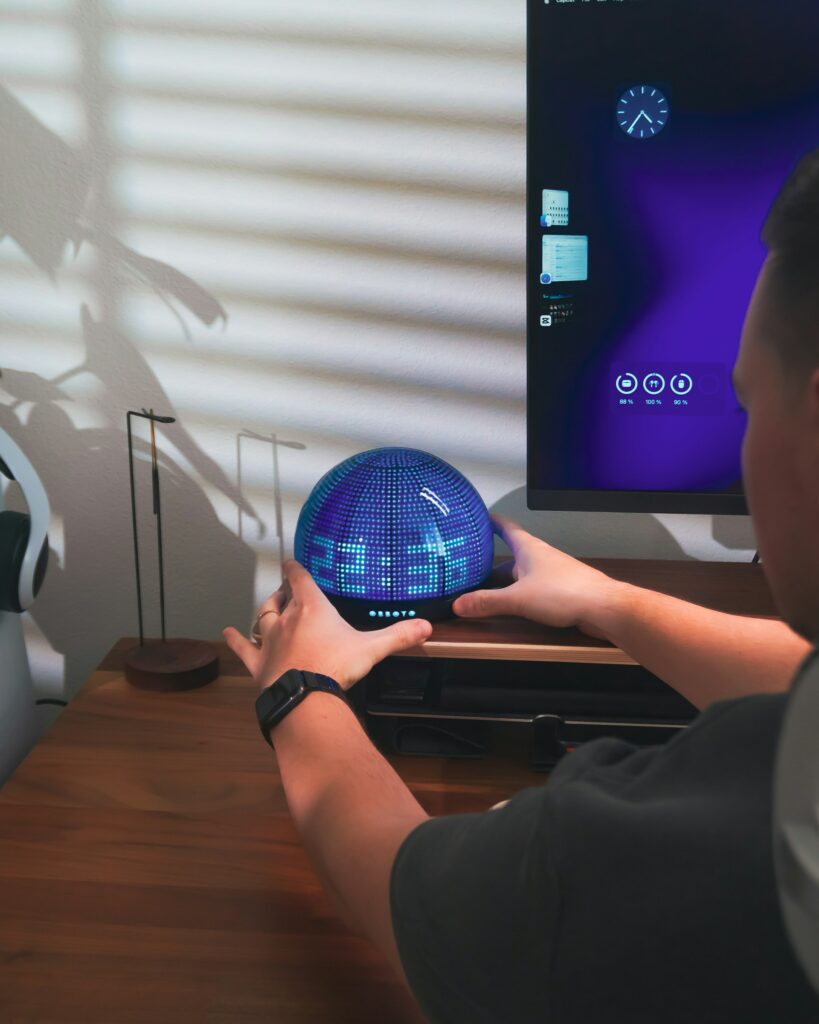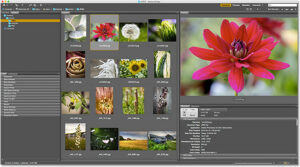Mastering the Art of Sunset Photography: A Comprehensive Guide to the New Photoshop Trick for Improving and Intensifying Sunset Photos
Introduction: Sunsets, with their vibrant hues and captivating landscapes, have long been a favorite subject for photographers. Capturing the essence...
 How Local Computing Is Making a Comeback Alongside Cloud Services
How Local Computing Is Making a Comeback Alongside Cloud Services  The Impact of Automation Tools on Freelance Pricing Models
The Impact of Automation Tools on Freelance Pricing Models  Why System Resource Monitoring Is a Must for Power Users
Why System Resource Monitoring Is a Must for Power Users  How Collaborative Software Is Redefining Solo Freelancing
How Collaborative Software Is Redefining Solo Freelancing  The Future of Personal Computing in an AI-First World
The Future of Personal Computing in an AI-First World 















